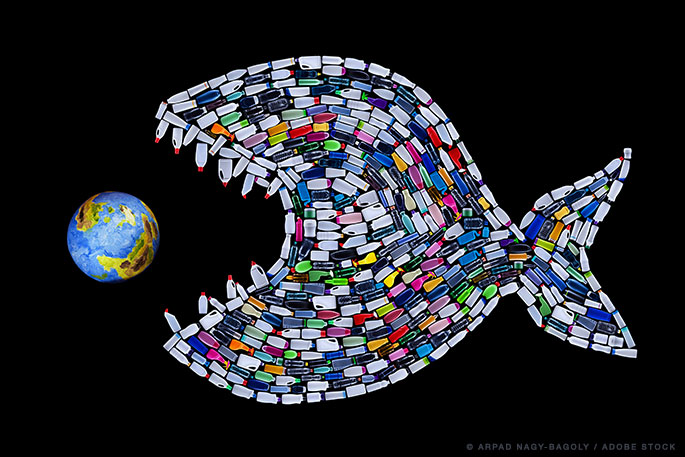
The use of plastics is always a red button when it comes to discussions of sustainability and the environment. On the one hand, plastic is a major source of trash, and it’s made from petroleum feedstocks, which eats into a non-renewable resource. On the other hand, plastics are so widely used that even reducing them causes hardship, and eliminating them looks nearly impossible from a practical standpoint.
Thanks to a breakthrough from a California company, though, there might be a third option.
Carbon-Negative Plastic Made From Greenhouse Gases
While it might sound like something too good to be true the California company Newlight Technologies has figured out a method that can turn carbon from greenhouse gases into plastic pellets, which can then be shaped into a huge variety of plastic products. This eco-friendly plastic is comparable to traditional plastic in strength, as well as price, and it actually takes carbon out of the atmosphere.
This isn’t a reduction; it’s a full on carbon withdrawal that’s happening. That cannot be stressed enough.
What’s It Going To Be Used For?
There are a number of companies who are jumping on the bandwagon for this new, carbon-eating plastic. Dell computers, for instance, has said that it wants to use the plastic for laptop packaging. If the plastic proves reliable and sustainable, it will eventually begin using it to make components for its computers. Sprint, not to be outdone, has stated its intention to begin making smartphone covers from this plastic. A huge market that’s simple to get into, phone covers represent a first step that could eventually lead to phones themselves being made from this plastic of the future.
Where this unique technology will go from here, no one can say. Is it possible that in the future everything from the chairs in elementary school classrooms to the cases for your tablet computers will be made using this unique, carbon-negative plastic? Yes, it’s possible. On the other hand, this technology is still fairly new, and it’s not an established part of the consumer market. It might be best to bank our enthusiasm for now, and see how it actually performs while it’s out in the world.











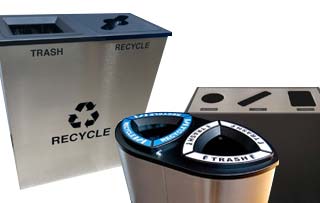









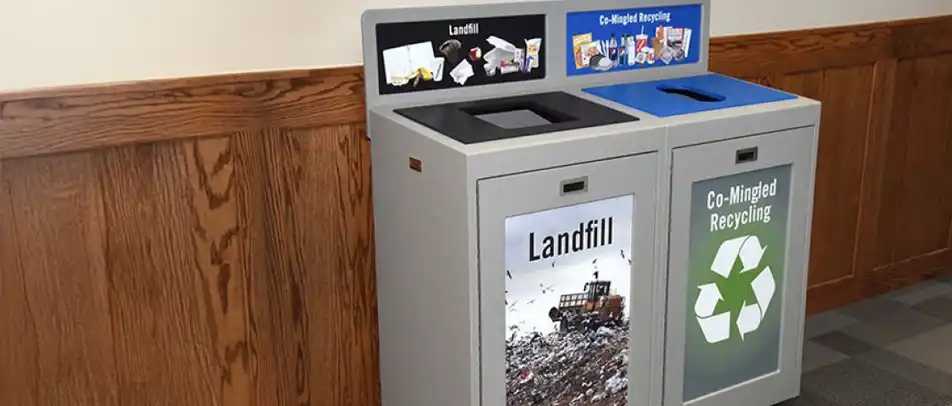










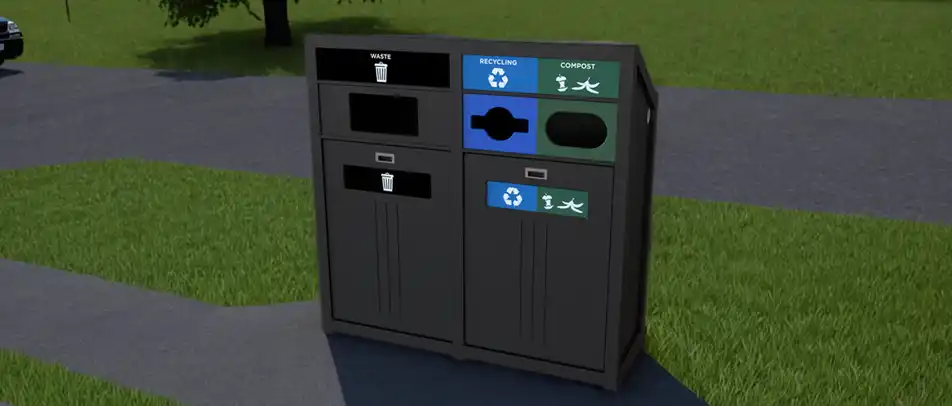












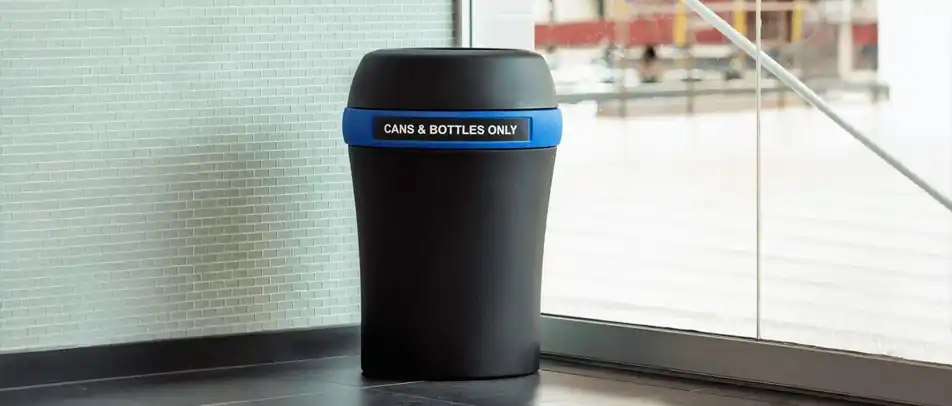










































 Three Ways to Engage Teams and Clients to Maximize Your Recycling Program Engagement
Three Ways to Engage Teams and Clients to Maximize Your Recycling Program Engagement  How to Integrate Accessibility Into Your Sustainability Planning
How to Integrate Accessibility Into Your Sustainability Planning  Why Park Benches Can Promote Workplace Well-Being
Why Park Benches Can Promote Workplace Well-Being 

Over 300 million tons of Plastic produce every year but only 10% are recycled. More than 8 million tons of plastic ends up in our ocean. Dow finds a new way to prevent plastic pollution from polluting our oceans to turn hard plastic into a more durable and longer-lasting road, called Plastic roads.
Pingback: The Dangers of Plastic Pollution – and How to Avoid Them